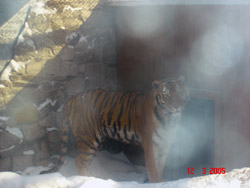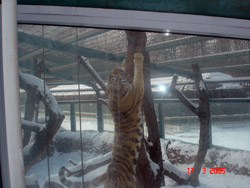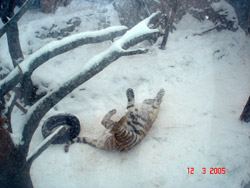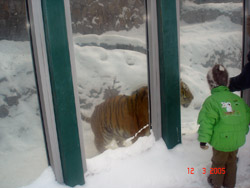In 2003 I started teaching a course on Animal Ecology. Since then, I’ve supervised the research of several undergraduate students, including short projects (as a part of their independent research), as well as their final theses (a Diploma in Russian academia).
Some of the popular focus areas of such projects included the effect of anthropogenic factors on the morphology and diversity of freshwater snails; soil mesofauna under anthropogenic press; and population characteristics of aquatic invertebrates.
The main idea of these projects was to study the level of ecological contamination on the territory of North-West region of Russia. We collected invertebrates on the territory of our Department’s field station (located in the south-west of St. Petersburg Region) and nearby water reservoirs. Students learned how to identify organisms, conduct simple morphometric measurements, and apply basic biomonitoring methods.
Other projects were on animal life in the zoo; specifically, on changes in the social and feeding behavior of animals under enclosed conditions. Our department collaborated with St. Petersburg Zoo: students observed animal behavior, they had access to animal diet files, and discussed animal health conditions with the zoo staff. It was a good experience for them: they learned how to take care of animals and how to improve their life conditions.






Photo credit: Alexandr Mogilev. Thesis project: Ecological adaptations of the Felidae family: example of the Siberian tiger, Pantera tigris altaica (Leningrad Zoo, St. Petersburg, Russia, 2005)
I enjoyed working with my students; some of them were really enthusiastic and even involved high school students from local schools to participate in their research projects. Some of the most impressive results of students’ projects were presented at departmental and university conferences and were published in the conference proceedings.